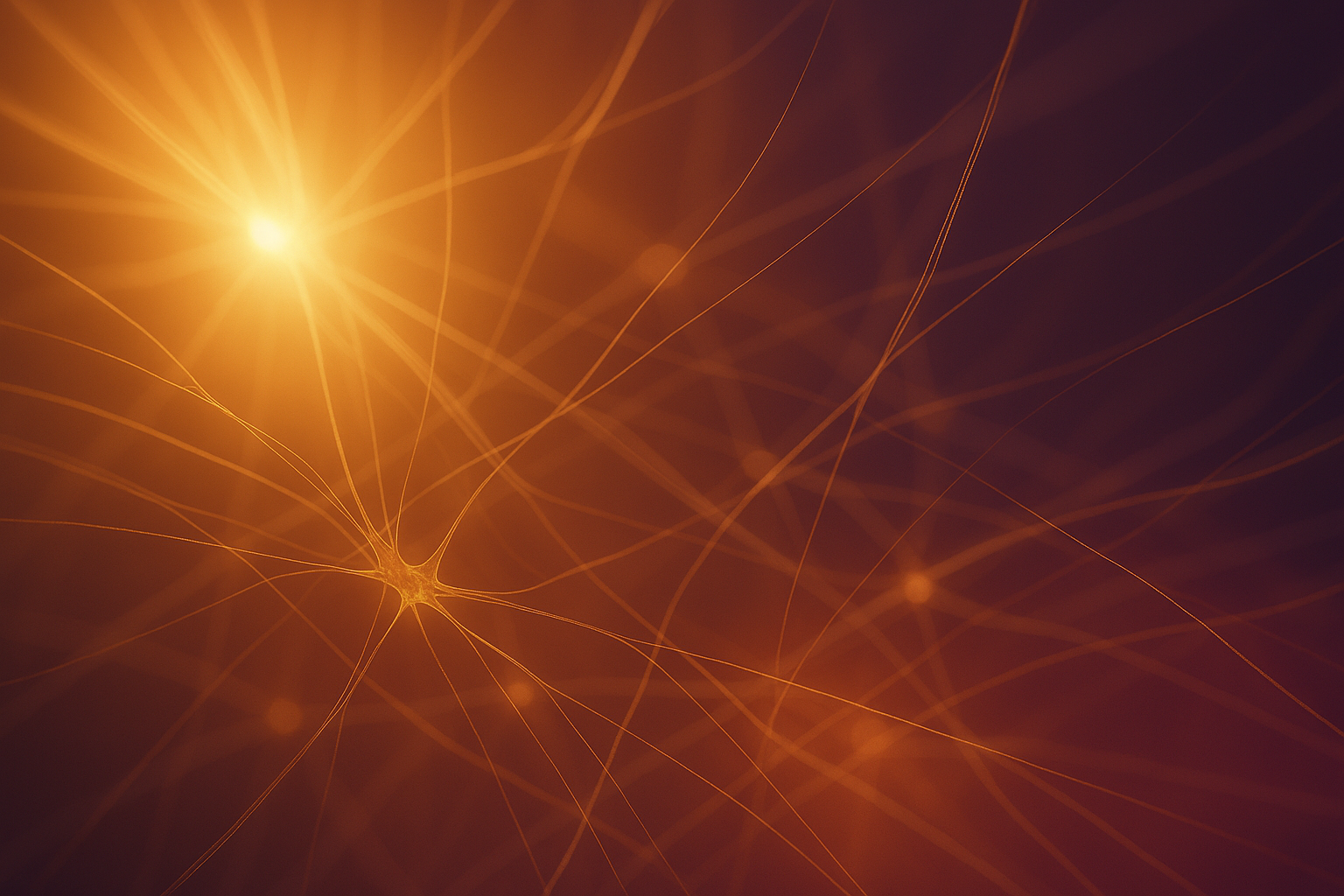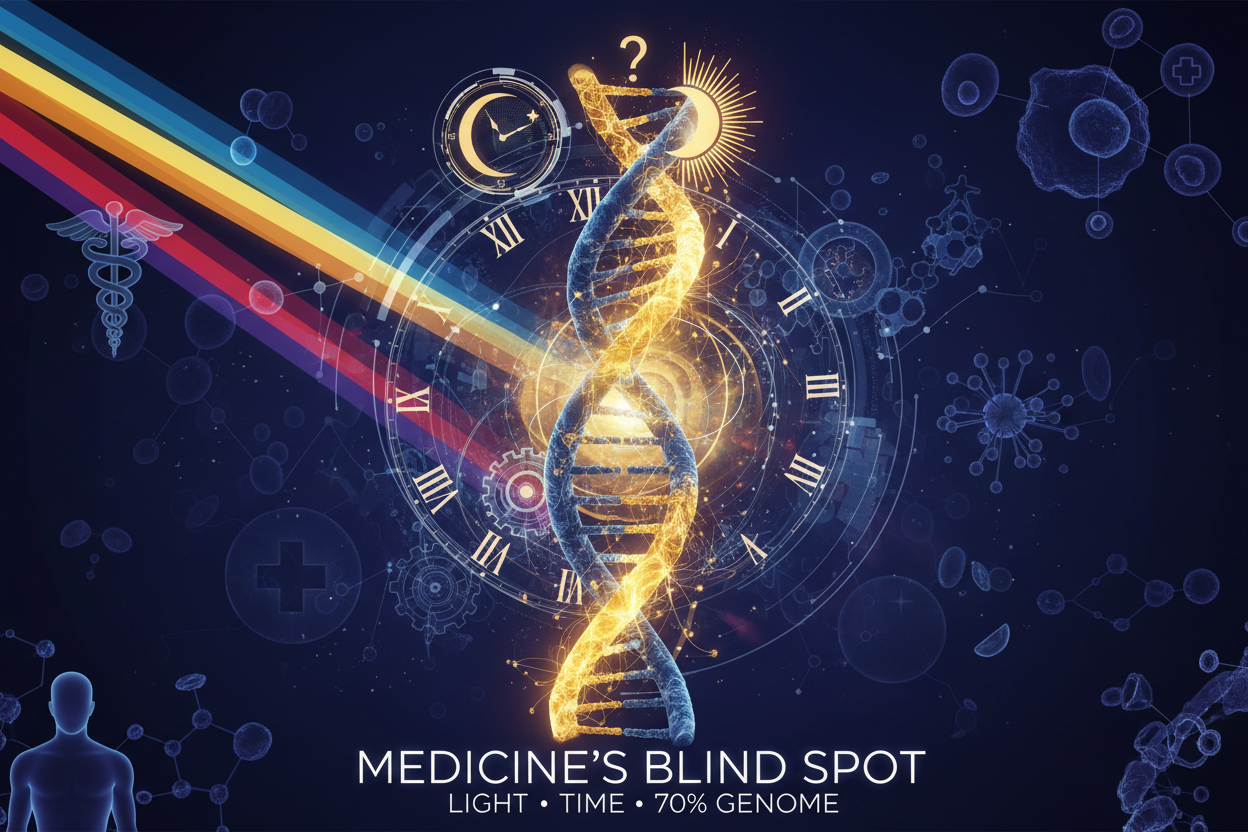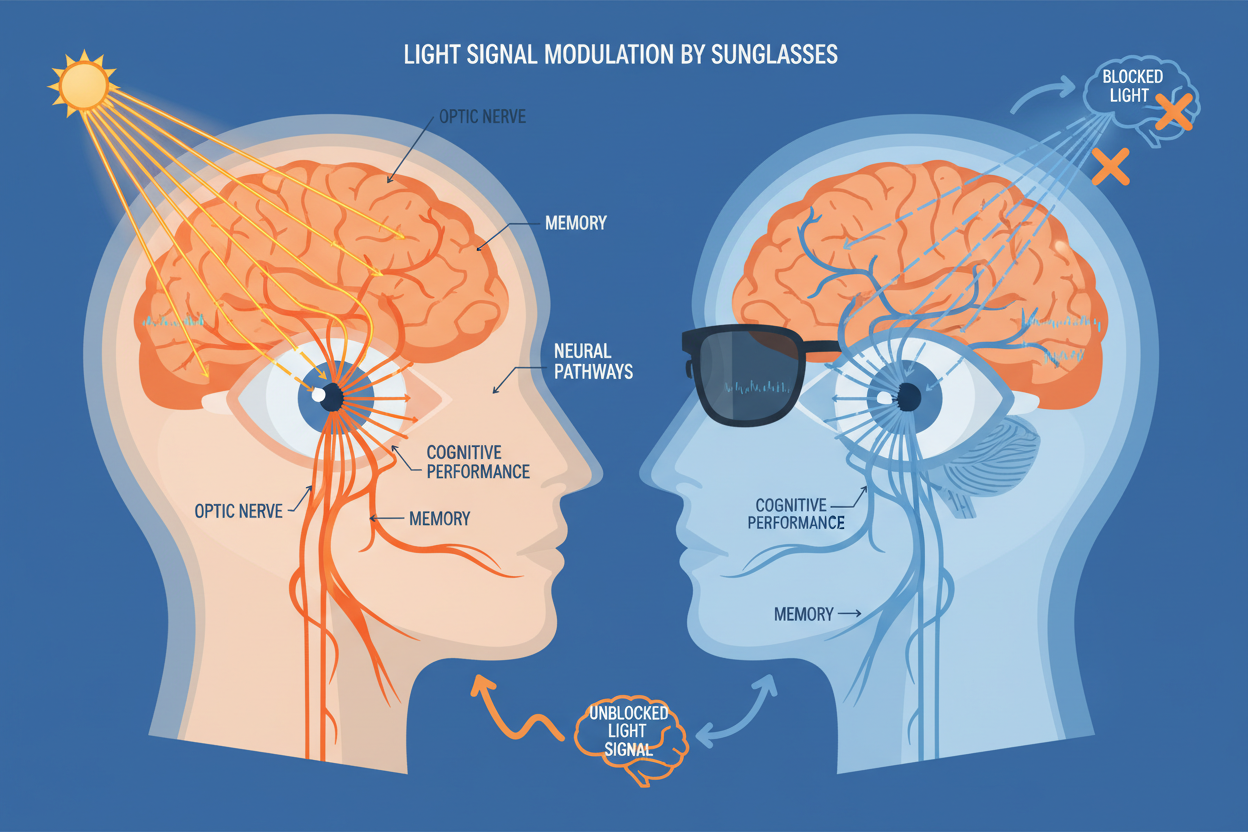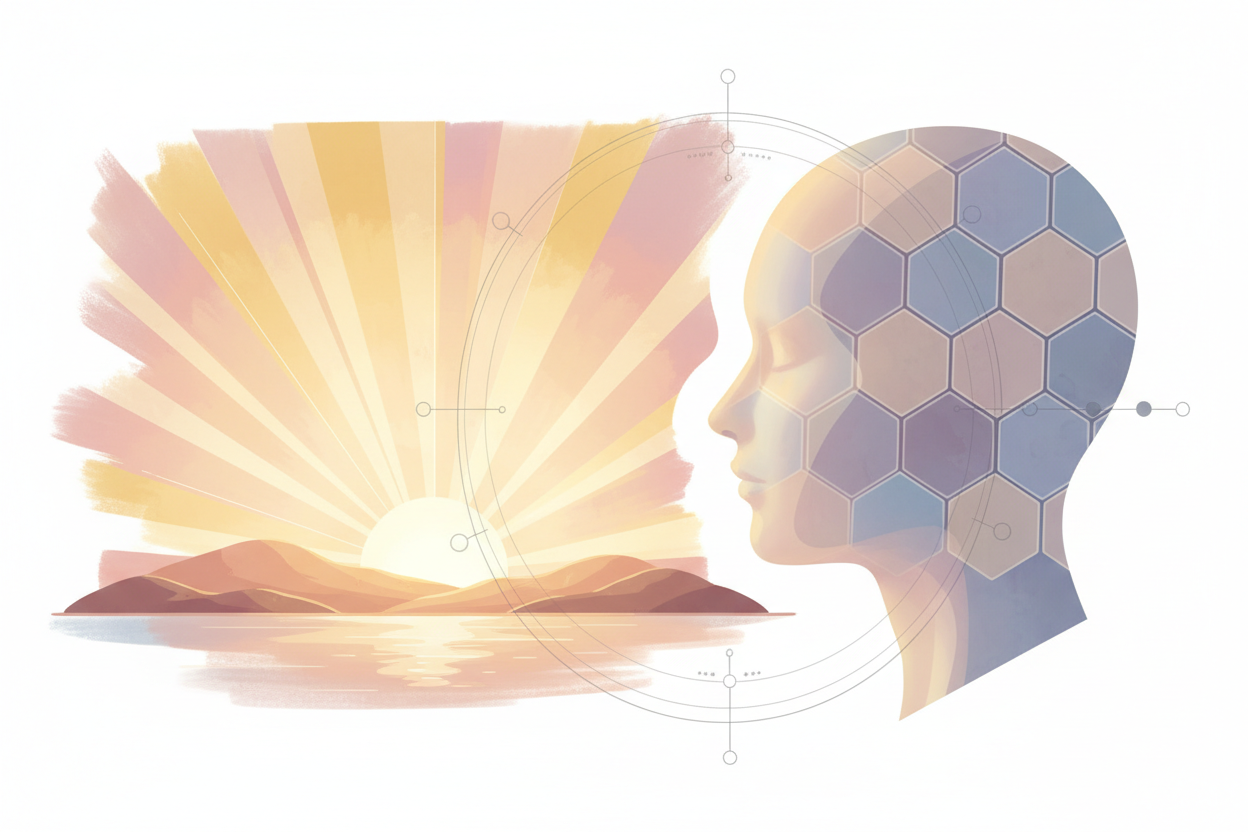
Quantum Brain and Consciousness: Microtubules as the Interface Between Light and Experience
Introduction
Consciousness is still an unexplained phenomenon within current neuroscience. Although we can map the activity of neurons, neurotransmitter pathways, and areas of the cerebral cortex corresponding to individual functions, there is no clear answer to the question of how subjective experience arises – that "inner movie" that accompanies all our perception and decision-making.
In recent years, the debate has reopened about the possibility that consciousness could be linked to quantum phenomena – specifically within the framework of microtubular structures of neurons, which can function as quantum processorsThis approach, advocated for example by Stuart Hameroff and Roger Penrose, is today also supported by experimental data from the field of biophysics, especially research by Anirban Bandyopadhyay and Jack Tuszynski.
Quantum Biology of Neuronal Structures
Microtubules are dynamic biopolymers composed of tubulin heterodimers, which form the internal support of the cell and also participate in transport, polarity, and morphogenesis. Their regular structure, electrical polarizability, and ability to interact with electron and photonic flow make them potential resonance structures , capable of transmitting quantum coherent signals.
Bandyopadhyay's studies have demonstrated that microtubules are capable of generating oscillations in the MHz–GHz range and possibly even THz, which can be synchronized across cells. Craddock et al. (2014) propose that tubulin domains may function as qubity , capable of storing and processing quantum information through superposition of states, interference, and collapse.
Quantum Holography and Decoding Reality
Theory Quantum Information Holography (QIH) assumes that the brain functions as a quantum projector that converts angular frequencies of light (spin oscillations of photons) a quantum state vectors to subjective reality. The brain is in this concept interpretive interface of the cosmic information field, which is projected into consciousness through microtubular structures and their light interference patterns.
Microtubules function here as optical-crystalline structures , whose grid encodes and transforms quantum information. Consciousness then does not arise emergently, but is projection of quantum geometry to the biological space.
Neuroscience and Quantum Realism
From this perspective, every neuron is not only a signal processor but also quantum antenna , which captures interference patterns from deeper layers of reality. A field of microtubules interconnected through astrocytes, glial cells, and quantum vacua creates coherence field, in which the brain is both the observer and part of what it observes.
This approach is consistent with the holographic model of the universe, where information is not localized, but distributed in a wave and interference manner – and where the individual does not create consciousness in isolation, but tunes to the field that precedes it.
Clinical and Philosophical Significance
The adoption of the quantum model of consciousness would fundamentally change the approach to neurodegenerative diseases, consciousness in unconsciousness, anesthesia, mental disorders, and spiritual states. Interventions such as photobiomodulation, tuning of electromagnetic fields, vibrational therapy, or deep meditation it could be understood as targeted modulation of quantum coherence.
At the same time, the possibility opens up for a new interpretation of concepts such as identity, free will, and connection – because consciousness would not be a product of neuronal activity, but rather basic structure of the universe, into which the brain only "enters".
Conclusion
Quantum theory of consciousness perceives the brain not as the producer of consciousness, but as its tunable receiver, interferometer, and interpreter. Microtubules are then the key to understanding how quantum information is converted into sensory and mental experience. In this model, we are not separate observers of reality, but its internal aspect – conscious interference of light, geometry, and information. This is where biology meets ontology and physics meets the question "who am I?".



Leave a comment
This site is protected by hCaptcha and the hCaptcha Privacy Policy and Terms of Service apply.